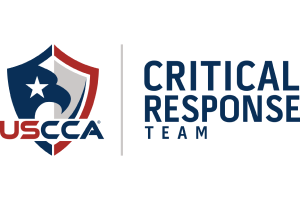Representation.
Intentional Infliction of Emotional Distress
New York law does permit recovery of monetary damages by way of tort claims for emotional injuries. New York recognizes the tort of intentional infliction of emotional distress. Intentional infliction of emotional distress allows people to recover for being subjected to conduct that is so extreme that real tangible emotional damage results. New York courts have described they type of conduct that may lead to a prosecutable action for intentional infliction of emotional distress as outrageous, atrocious, indecent and unwelcome in contemporary society and culture, and not tolerable.
If you are involved in a claim for intentional infliction of emotional distress call our New York intentional tort litigation attorneys. Call our office today for a free consultation.
The sort of conduct sufficient to establish intentional infliction of emotional distress must be sufficiently repugnant. Horrible conduct that was not sufficient included: Newspapers that published photographs of persons at an inpatient psychiatric hospital and television stations that broadcast images of a rape victim after they repeatedly told her that she would not be identified were not found liable for intentional infliction of emotional distress because the content of the conduct was deemed insufficiently shocking and offensive. Accordingly, as these examples show, an act must be extremely atrocious to trigger liability for intentional infliction of emotional distress.
The elements of intentional infliction of emotional distress are as follows:
- Repugnant and shocking conduct
- Done intentionally, or with disregard for the very high risk of causing debilitating emotional distress
- Causation
- Actual debilitating and harmful emotional distress
Unlike other intentional torts such as conversion or battery, intentional infliction of emotional distress contemplates an intent state that encompasses recklessness, rather than a specific intent to commit the complained of conduct. Recklessness is the active disregard for substantial risk that harm will come to pass. For example, Dan knows that Paul has a severe and fatal allergy to cats. Jokingly, Dan surprises Paul by waking him up with a stuffed animal that appears to be a cat despite knowing that Paul is allergic. Dan knows that Paul is allergic to cats but does not think Paul will have a strong reaction to his prank. Upon being awoken by the stuffed animal that looks like a cat Paul has a debilitating panic attack which requires expensive and time-consuming psychiatric treatment to correct. Dan’s mental state, ignoring the substantial risk that Paul would have a very strong emotional reaction to a potentially fatal encounter, satisfies the intent requirement of intentional infliction of emotional distress, as it at the very least reckless, perhaps intentional.
The statute of limitations on intentional torts in New York is 1 year from the time that there exists a legal right to relief. The legal right to relief for intentional infliction of emotional distress accuses at the time of the emotional distress. In one case a plaintiff was secretly filmed undressing while using the bathroom at a marina. Although she was filmed more than 2 years before the she filed her suit, she discovered that she was filmed undressing and the tapes were viewed by the defendants and shown to third parties at some later date, less than 1 year before she filed her suit. Therefore, the statute of limitations had not elapsed and the plaintiff preserved their right to sue. Statute of limitations defenses may provide strong shields for defendants, as the date of accrual is usually fact specific and can be argued by skilled attorneys.
Please call us today! Our New York intentional tort litigation lawyers can help you navigate your case and will fight aggressively to win. Call our office today for a free consultation.

















